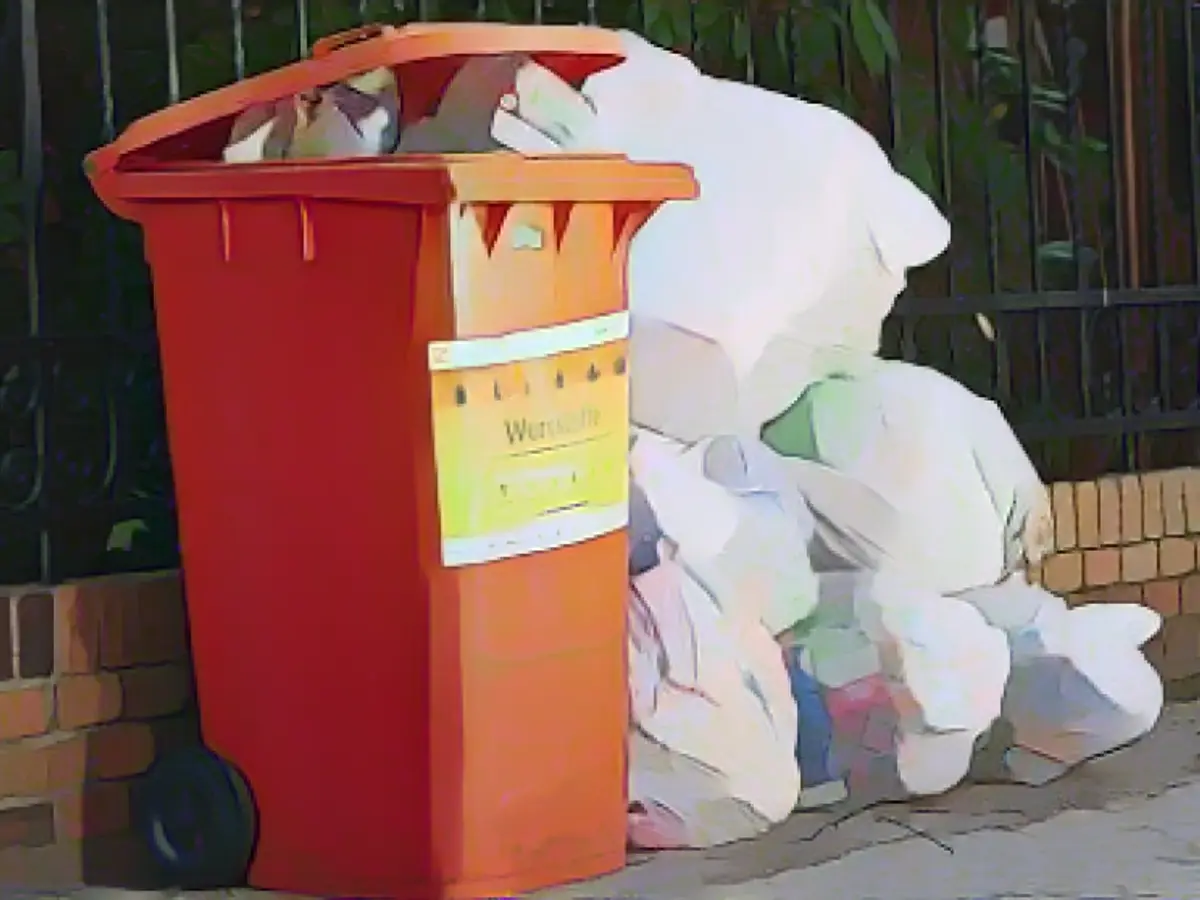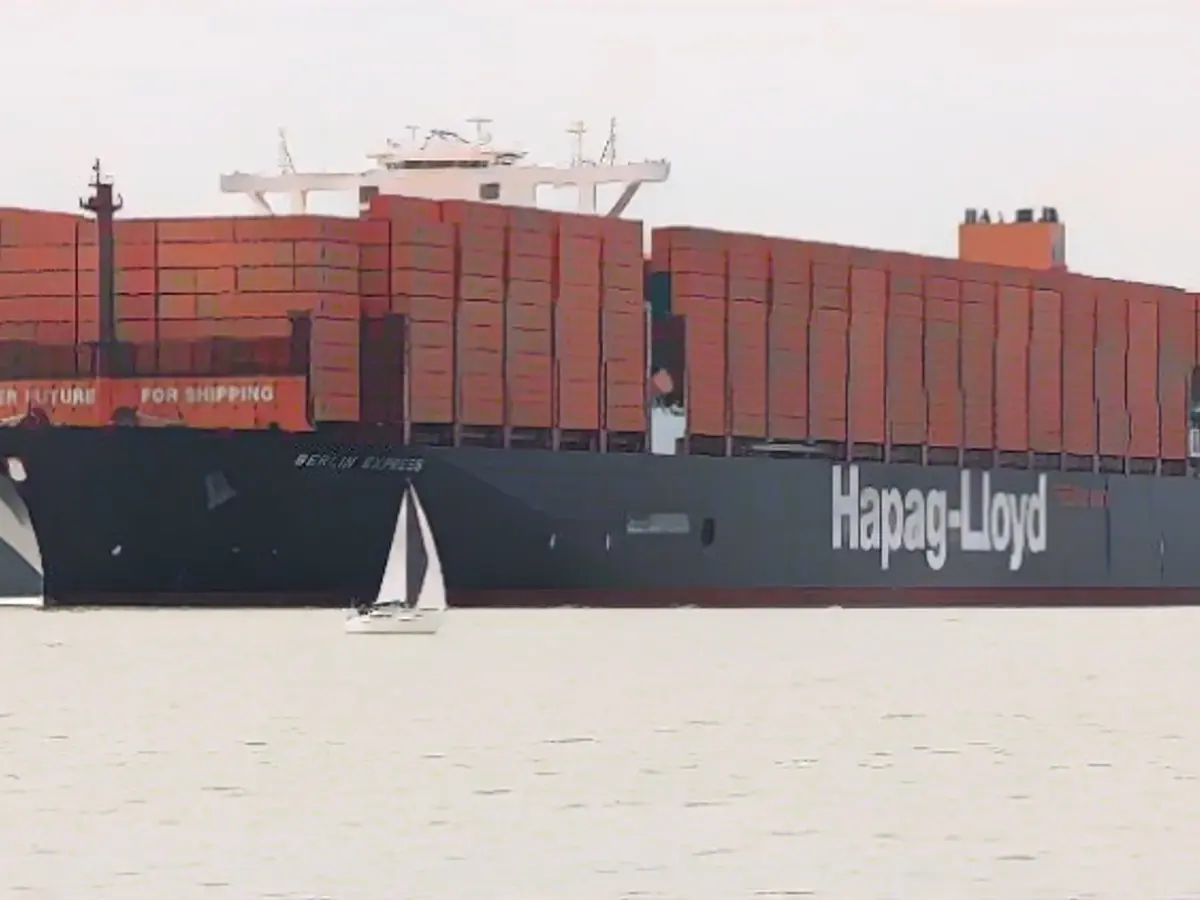Germany Leads EU in Waste Production, but Tackling the Issue Head On
Germans, known for their diligence and precision, are shockingly champions when it comes to a different category – garbage creation. On average, each person uses approximately 237 kilograms of plastic, paper, and glass packaging yearly, according to the Federal Statistical Office. This figure is significantly higher than the EU average of 189 kilograms.
However, it's not just Germany increasing its waste output. Since 2005, the nation has witnessed a 26% rise in waste production per capita, while the EU average grew by 19%. In 2021, Germany generated a staggering 19.7 million tons of packaging waste, making it the EU's largest waste producer, outranking Italy with 13.6 million tons. France generates around 13.4 million tons of waste, equating to 198 kilograms per capita.
Single Households and Online Purchases Contributing to the Waste Crisis
There are numerous reasons for the waste surge. With more single households and an increasing trend of ordering goods online, there's a need for extra packaging. Additionally, packaging is becoming increasingly complex. Closures, dosing aids, and other features contribute to more waste production.
Taking Action on Waste Reduction
Germany has recognized the issue and is actively working towards tackling it. It aims to accomplish this by following EU standards and collaborating with advisors to establish more efficient waste collection methods.
Initiatives like Germany's "Plastics Strategy" are focused on reducing plastic waste, increasing recycling, and promoting a circular economy. By 2030, Germany aims to recycle 65% of plastic waste.
Community Engagement and Partnerships
In an attempt to reduce plastic waste and meet EU standards, Germany has launched initiatives to encourage community involvement in waste management and recycling. Cities like Berlin, Munich, and Hamburg encourage partnerships for waste management, with programs like "Community Waste Management" and "Participatory Municipal Waste Management."
Enrichment Insights
Germany has multiple strategies in place to reduce waste production, improve recycling rates, and advocate for sustainable packaging practices. These efforts are in line with EU standards and regulations, targeting:
- National Circular Economy Strategy (NCES): Reducing municipal waste by 10% by 2030 and 20% by 2040, while promoting secondary raw material usage and raw material supply security.
- EU Packaging Regulation (2025/40): Requring clear recycling and recyclability, minimizing packaging, harmonized labeling, and QR codes for proper waste sorting and recycling.
- Statutory Recycling Quotas: Increased mechanically recycled plastic packaging from 42.1% to 68.9% between 2018 and 2023, but challenges remain for composite packaging.
- Producer Responsibility: Effective implementation of producer responsibility, especially for composite packaging, and improving waste separation by consumers.
- Reusable Packaging: Mandatory use of reusable packaging for intra-EU goods transport by 2030, and 40% of consumer goods by 2030 to be packaged in reusable packaging.
- Research and Development: Collaborative efforts, such as AI and spectroscopic methods, to improve mechanical recycling of plastics.
- Public Procurement and Incentives: Utilizing public procurement to support sustainable solutions and considering financial incentives like disposable drinks packaging levies.








